OCTOBER COMMENTARY
Article by Christopher Burnett
Jazz Artistry Now – Admittedly, I’m a professional football “fan.” More specifically, I’m a Kansas City Chiefs “fan.” Have been since childhood when the Chiefs were rebranded and came to KC in the 1960s as part of the old AFL or American Football League.
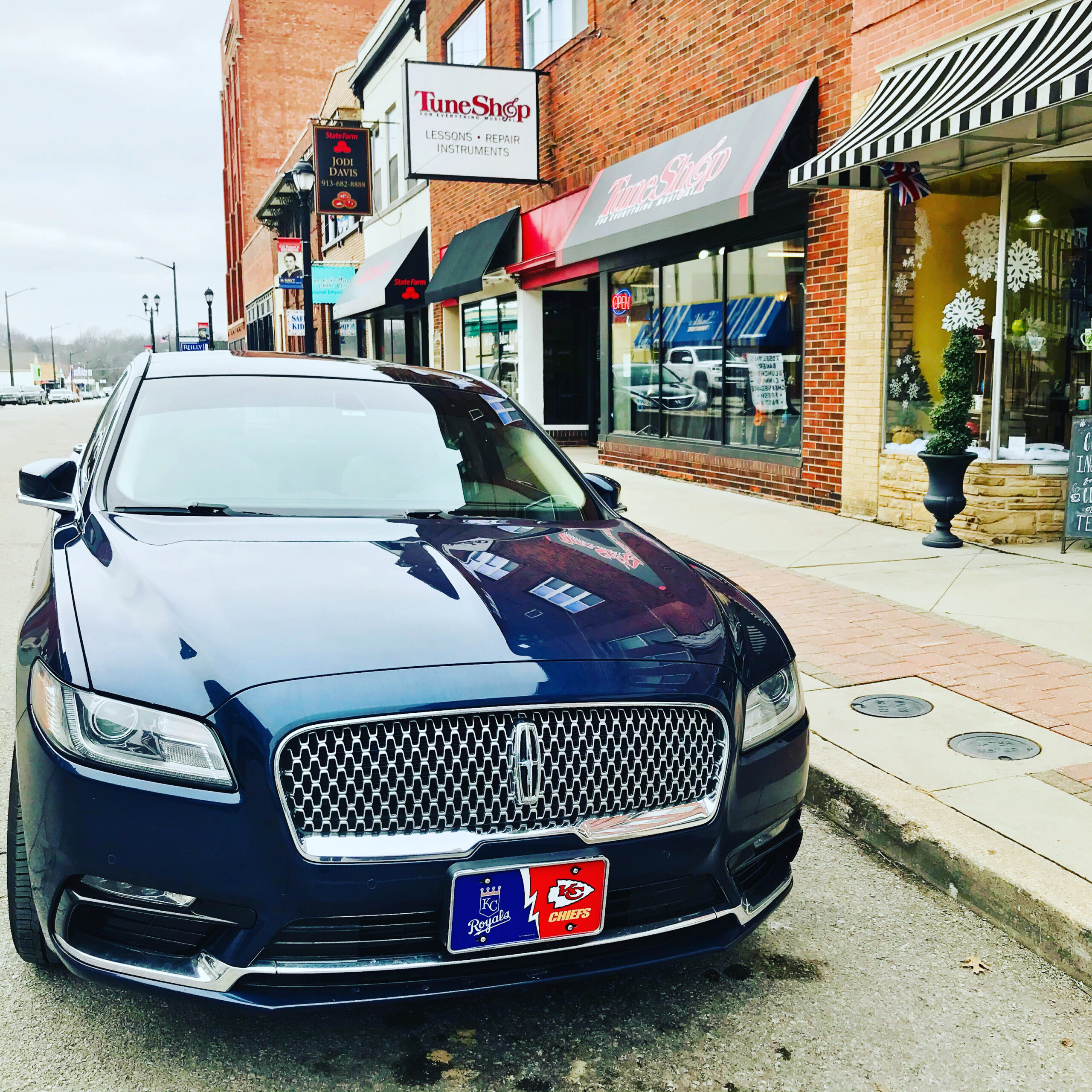
Bloomberg estimates that the NFL earned around $15 billion during the 2018 season. It’s logical to conclude that professional football in the United States is “big business.” And, the NFL employs elite professional football players to play the game of American football.
While watching the well-thought-out NFL COVID-19 Policies and Procedures for their 2020 season being implemented, I pondered why couldn’t “live jazz music” do the same in context?
Granted, the NFL has been presenting their games as both “live” in-stadium products and “virtually” via televised broadcasts where the majority of their fans view games from the comfort of our homes and other remote locations for well over 50 years.
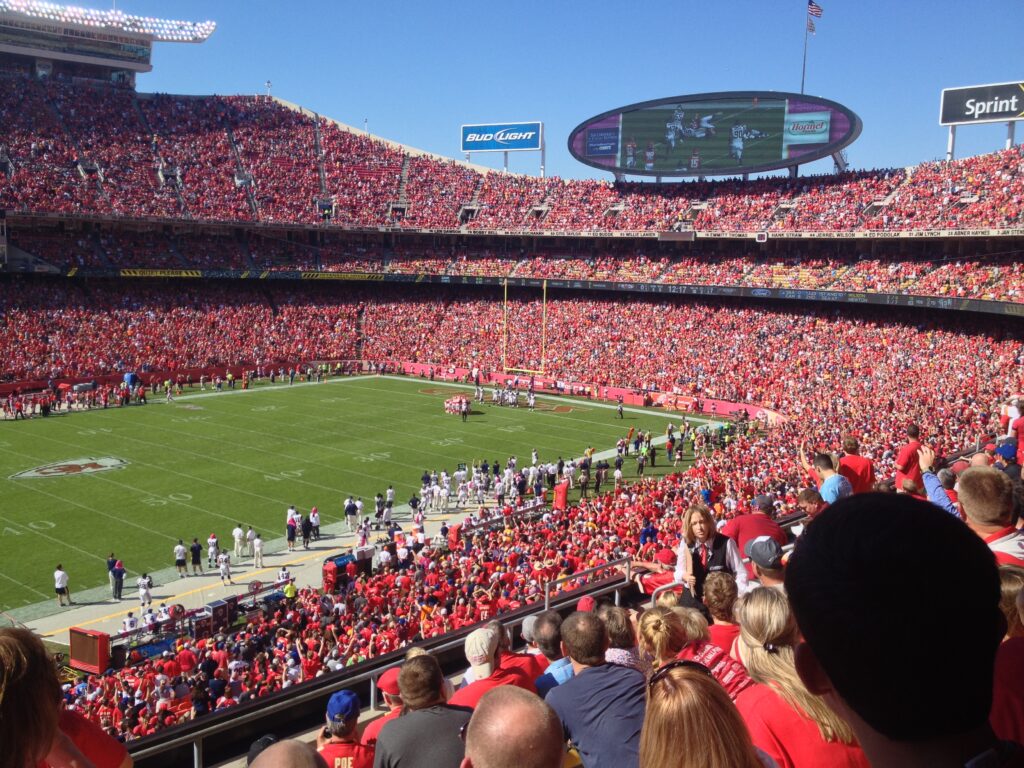
Location: Kansas City, Missouri
Team: Kansas City Chiefs
Opened: 1972
Capacity: 76,416
Cost: $254,070,000
Cost Per Seat: $3,325
But, I also submit that there are many die-hard NFL fans who have never attended a professional football game in person. Just as there are undoubtedly many die-hard “jazz fans” who have never been to the Village Vanguard or the Monterey Jazz Festival.
PAYING TO VIEW IS THE NEW WAY
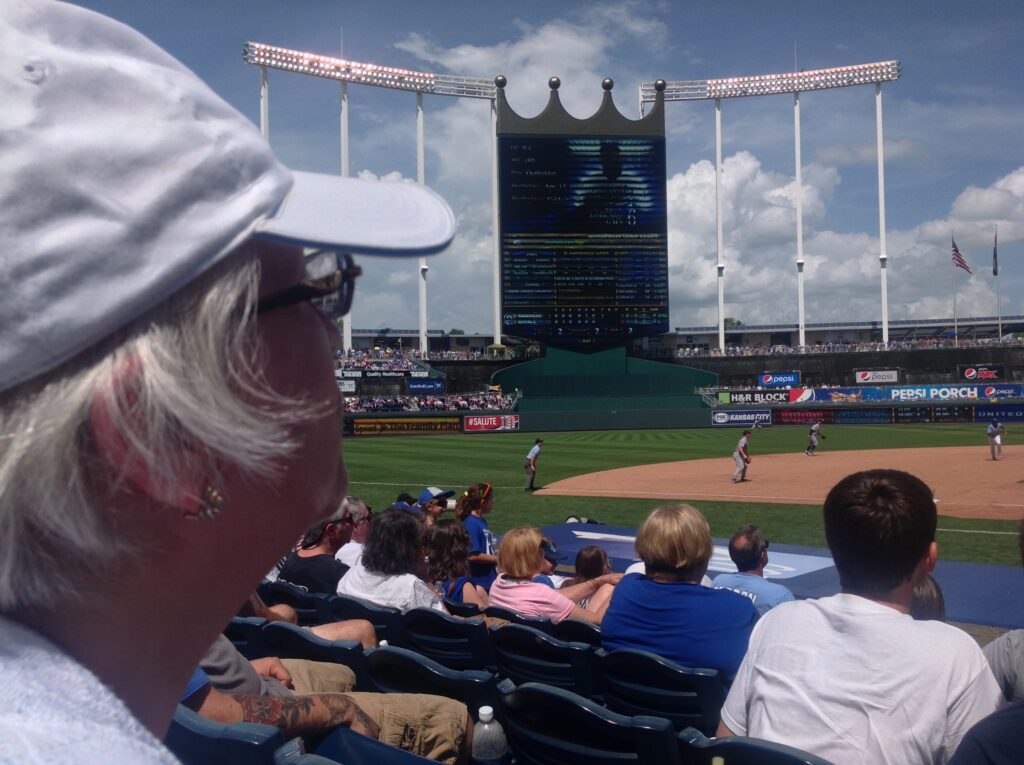
Location: Kansas City, Missouri
Team: Kansas City Royals
Opened: 1973
Capacity: 37,903
Cost: $408,250,000
Cost Per Seat: $10,771
Roof Type: Open
Typology: Modern / Retro Modern
Distance To Center Field: 410 feet (125 m)
Surface: Grass
Although “live jazz music concerts” are a relatively small segment of the total global entertainment and media outlook, the revenue potential of a modernized business model is real. And the total entertainment industry annual earning potential also is in the billions of dollars. Our model segment simply needs modernizing.
LIVE AUDIENCE FACTOR
After consideration, two things really stuck out to me about the NFL’s tactical application and effect …
ONE: Professional football players are professional football players with or without a stadium full of people. TWO: Their skills are not diminished from not having a live audience there to watch the game.
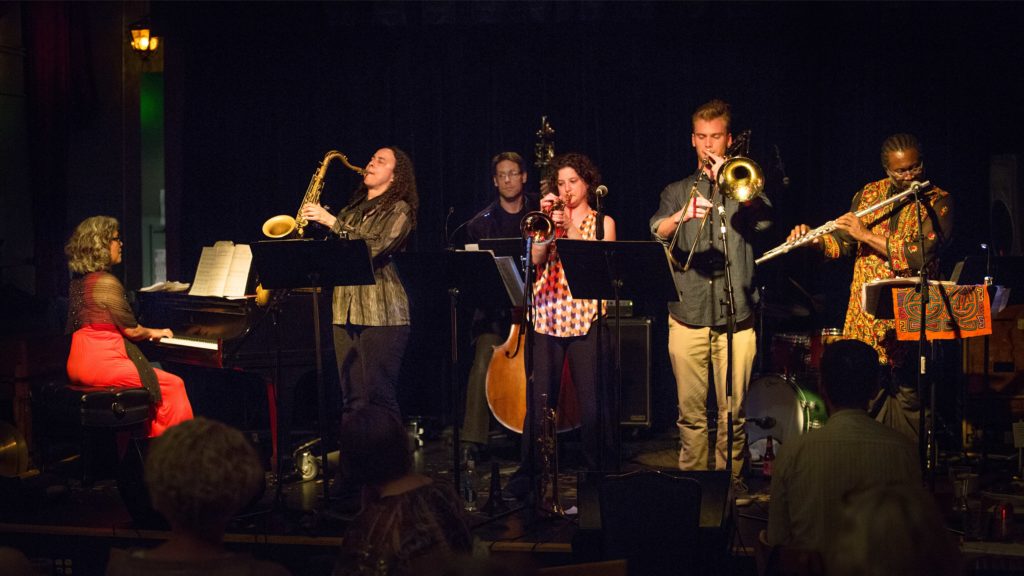
I submit that professional jazz artists giving a concert broadcast would inherently respond similarly positively and equally brilliantly.
Yes, both professional demographics often cite that it’s nice to “feed” off of the live support of their respective audiences. But, professional football has proven that having people in the stands during the actual game is not really necessary. Watching from home is just as enjoyable.
The NFL games would be more enjoyable to me by excluding the recorded crowd noise during games. Please, we don’t need that “canned” audience like a weekly television sitcom has to hype us up.
VENUE CAPACITY FACTOR
A simple search online shows that modern professional football stadiums typically hold 70,000 people or more on average.
However, millions more people watch the games remotely on televisions or other screens at various locations other than actual football stadiums.
These two things made me ask why can’t “jazz venues” do the same thing?
PLEASE MODERNIZE THE JAZZ INFRASTRUCTURE
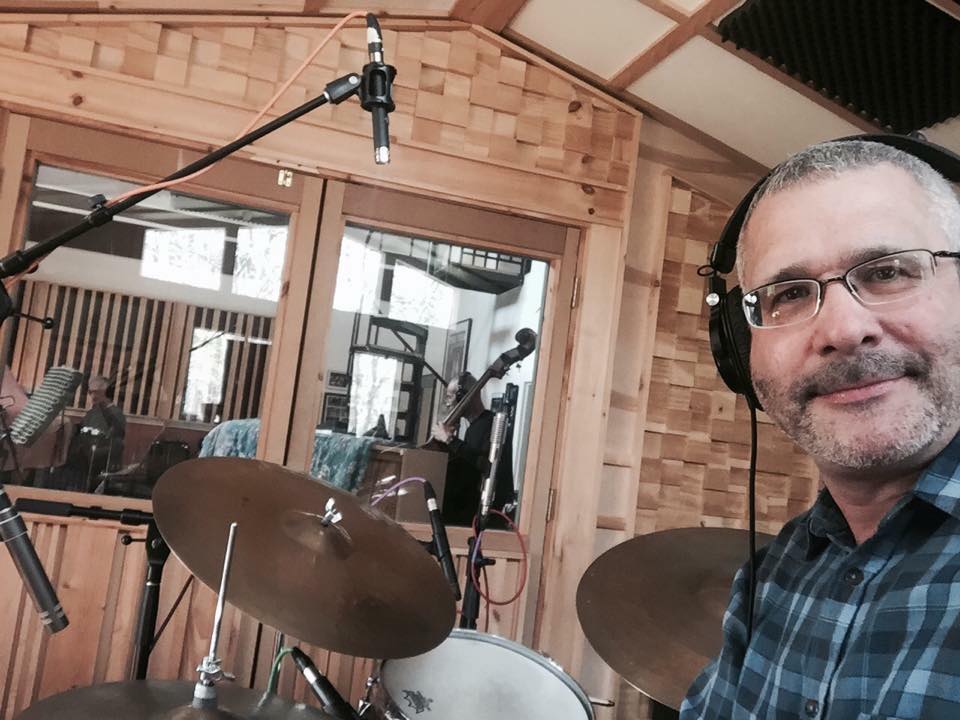
Let’s say, (a) your favorite urban jazz venue in your city or the one nearest you holds 100-300 people. Let’s say, (b) for whatever reasons, and like most jazz venues, it’s rarely attended to a profitable capacity on most days that it’s open during a week. Let’s say, (c) the same struggle is real for larger jazz concert series venues too. You’re not alone because all of these three situational items are mostly the factual jazz infrastructure reality and have been the main dynamics of the live jazz music scene for at least 60 years.
THE REALITIES OF REALITY
The idea of making a living by playing “gigs” at jazz clubs and hotels in the United States has been a literal fantasy for the majority of modern day professional jazz artists because people do not consume leisure activities as they did before the digital age of today and the Internet.
Add the fact that jazz music has been less dependent upon professional artists living in specific geographic locations today, as was the case in other earlier times and the formative eras of jazz music.
This change is due to the fact that you no longer need to live within the constructs of a major US media center city like New York or Los Angeles to make a living as a professional jazz musician.
You may have to go to school, tour or play in these places at points in your life and career, but actually live the starving artist life? No, not in our age. You can fly in for gigs and live somewhere else affordable.
If we could get our live music presenters and concert venues to formulate business planning with this century in mind, perhaps performing could become a significant profit center for many segments of the music industry.
STREAMING WITH COMMERCE IS THE NEW MP3
A major disruption in the entertainment industry happened with the advent of the public Internet and practical digital music distribution using music file compression formats like MPEG (Moving Pictures Experts Group) Layer 3 or MP3. I actually witnessed this and it was cool. That was twenty five years ago and the tech is lots better today.
So, this dynamic is nothing new. Modern technologies have continually disrupted every industry since Johannes Gutenberg. I’m not talking just music, I’m talking to you automobile industry and manufacturing industries. Industries that effect every aspect of life.
I recall the major record companies and artists back then saying that the music business was dead because of MP3 and the Internet. Wrong. It’s just simply different in scope and tactics used to engage consumers. And, it just doesn’t work using a 1940 business model.
ADAPT OR PERISH
Gatekeepers and shot-callers usually don’t like to share or give up power. Even under circumstances of diminishing returns like we mostly have today. And if you book jazz artists and present live concerts, that’s lots of inherent marketing, partnerships-building, and business planning involved in producing successful initiatives.
However, if the infrastructure, network segments, and individual business models of these entities that make up the live jazz music industry do not adapt to our era and times, they will truly perish.
Why? The simple answer is that consumers of all types of music are different now. Not just my grandchildren’s generation who are digital natives, but for me too. I am somewhat surprised to admit it.
I don’t always want to drive an hour to go hear a jazz performance in a venue with poor acoustics, a poor sound system and bad lighting, chatty patrons, and a wait staff constantly asking me if I want a drink refill during the acoustic bass solos all evening. And, I’m a jazzer.
THE TECHNOLOGY EXISTS
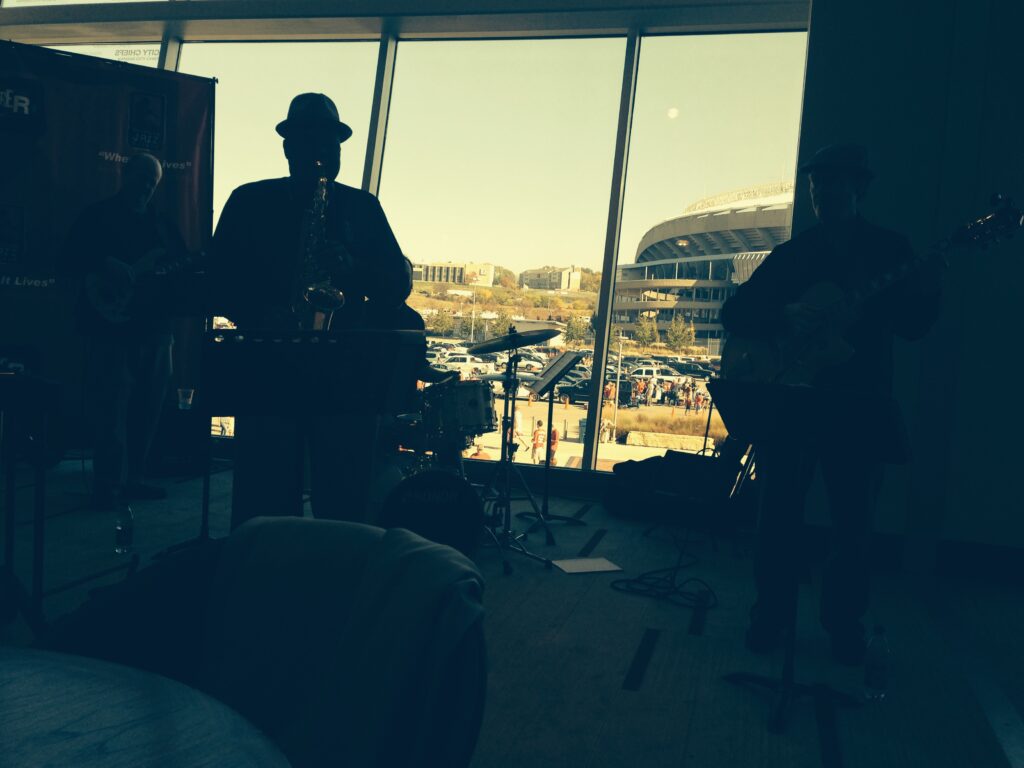
Some might argue that the technical infrastructure issues alone are too costly and enormous for most unsubsidized and private jazz venues to manage. Venues do it now. I also don’t buy very far into that argument or type of thinking because it’s the same thinking of the music industry before digital music that was largely run by people who didn’t “do computers.”
Venue managers, promoters, and presenters should look at the real opportunities that streaming concerts can provide them in terms of revenue and audience development. The math supports this logic.
If a 150 capacity venue charges $10 per ticket and is at capacity, that’s still $1,500 gross for that evening. The musicians will most often still get the typical low-paying wage for 4-hours of work.
Consider if the same 150 capacity venue also offers online streaming tickets to the same show for $5 per admission, and only 500 people buy online tickets, that’s still $2,500. So, instead of the venue bringing in a $1,500 door, it’s bringing in $4,000 in door revenue receipts. Plus, the house bar, food, and merchandise.
I could objectively see professional jazz artists getting a long overdue raise to a “living wage” standard through a pay system from live gigs managed something like the above hypothetical model.
Not to mention that the streaming audience is literally worldwide. Instead of 500 online it could realistically be 5,000 people or more from around the world tuning in to your local jazz venue stream.
PARADIGM SHIFT TEST
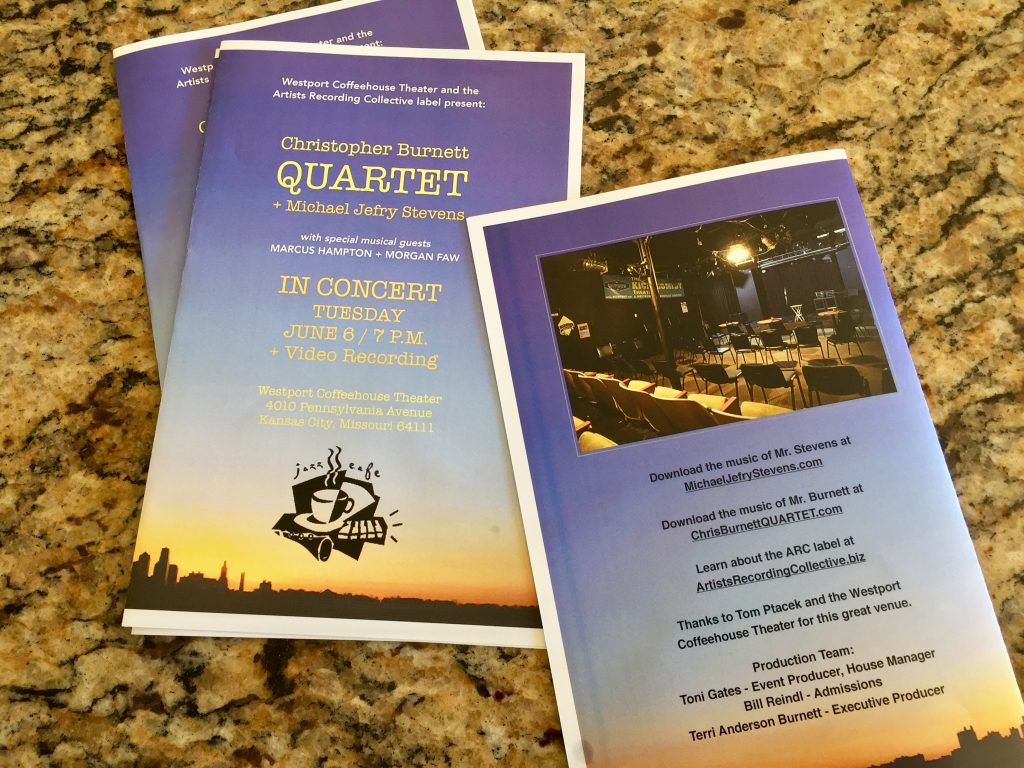
Exponentially the numbers could be ridiculously cool if marketed properly. Such a paradigm would afford individual jazz artists the opportunity to work strategically whereby they might play less concerts, but the gig quality would inherently be higher due to rehearsing, developing new material, writing original music, etc.
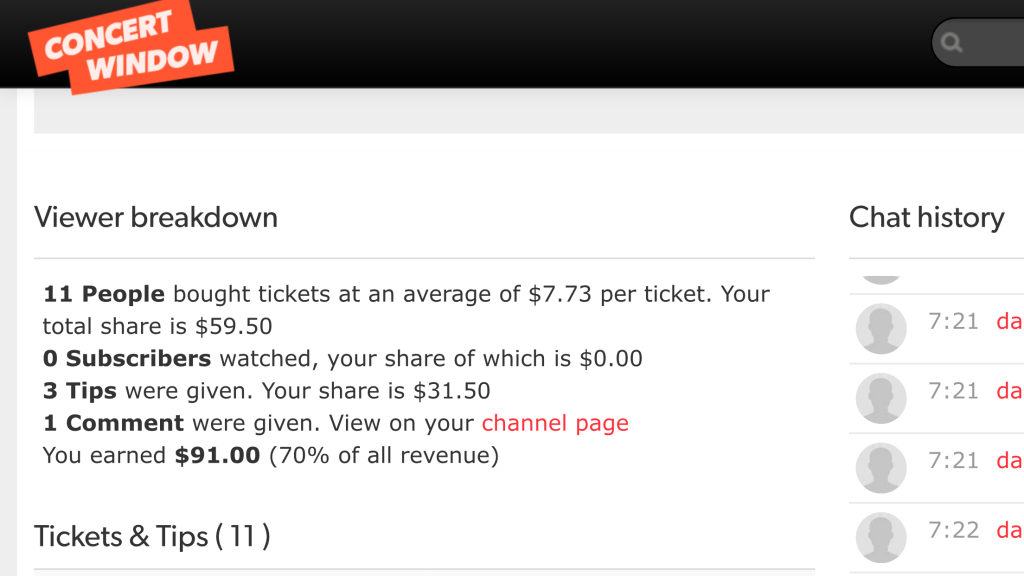
Our live webcast was a “tip jar.”
Eleven people paid – 25 watched.
THE PROCEEDS WENT TO MICHAEL’S AIRFARE.
And, with the most excellent jazz education industry graduating music majors each term, there could be a modern infrastructure in place that is better able to employ their professional talents.
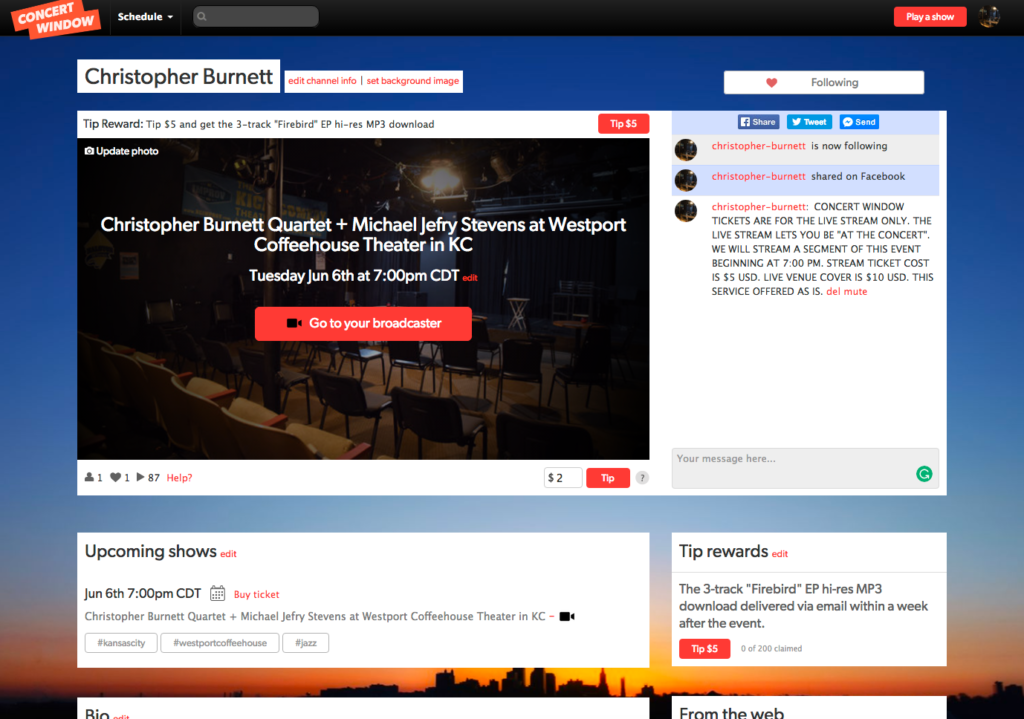
It would look different than the good old golden era of jazz, but it could still be cool. As you see by the media in this post, the virtual jazz venue is a reality. We just need to get organized, apply a viable revenue collection platform for ticketing, and hire people at venues who know the music AND the technology. //END//
NOTE: All photographs by Jazz Artistry Now unless otherwise credited
